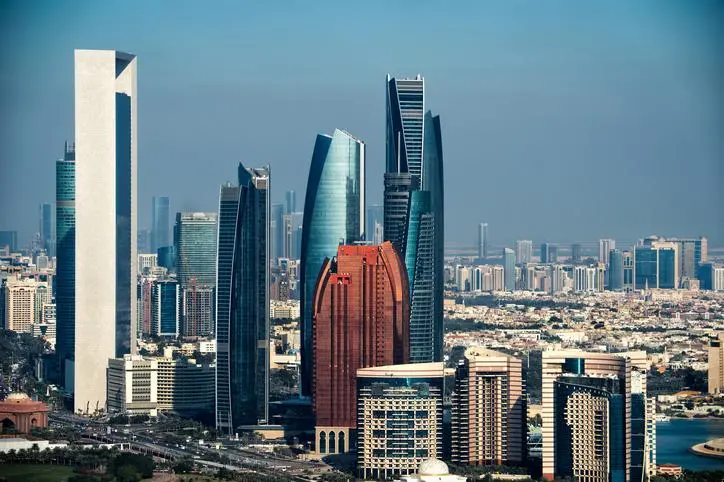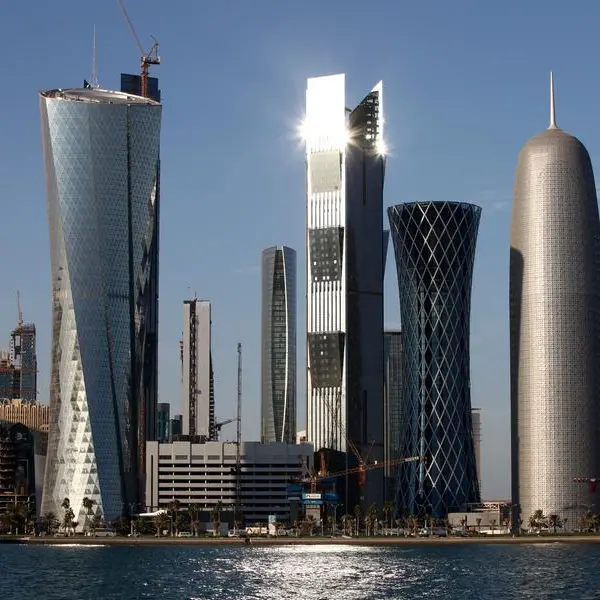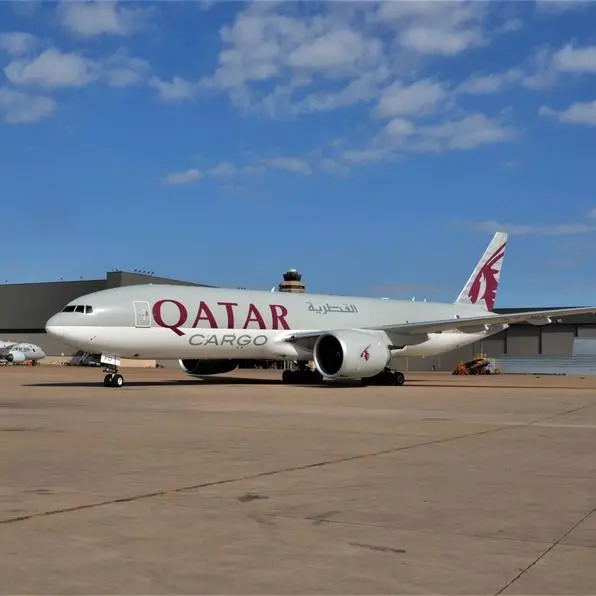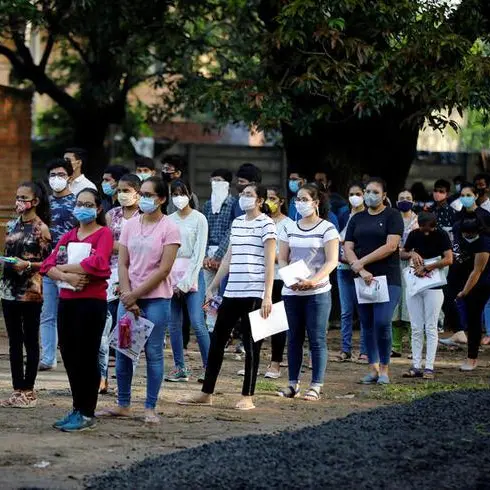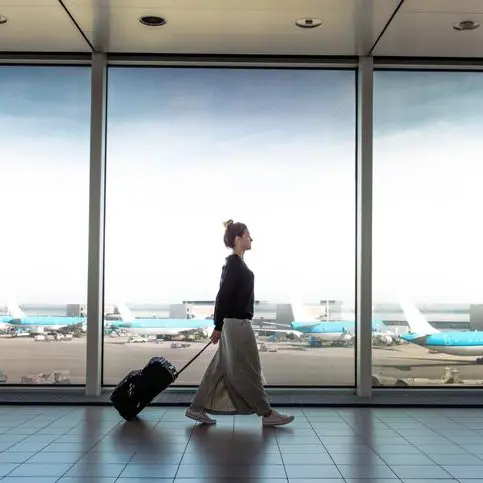PHOTO
Abu Dhabi's residential property market is likely to see further declines in both sale prices and rents over the next 12-24 months, but its mid-term prospects are beginning to look brighter, according to the head of consultancy firm Core Savills.
Its Abu Dhabi Residential Snapshot published on Tuesday states that although prices and rents are continuing to soften, the pace of decline is starting to slow.
"The feeling and the sentiment is less negative than it was a year or two ago," David Godcheaux, the chief executive of Core Savills, told Zawya in a telephone interview on Monday.
The report states that average rents for villas, for which demand has fallen due to cuts in housing allowances, have dropped by 17 percent over the past 12 months, while rents for apartments have fallen by 7 percent. Sale prices for residential properties have dropped by 8 percent, the report added, with most of the activity taking place in the off-plan market.
More new supply is due to come to market on Reem Island and Yas Island, placing further downward pressure on rents and prices, Core Savills' report said.
It added that more than 9,200 new homes are due for completion this year, and about 60 percent of new supply due to be delivered on the Abu Dhabi market over the next three years will either be on Reem Island or Abu Dhabi island.
Godchaux said that Reem Island has witnessed strong demand, but mainly because rents are lower than on Abu Dhabi island, leading to many renters relocating.
He said increased demand for homes on Reem Island "has been interpreted by some landlords and developers as a positive sign, because it looks like there is demand, but it's not net demand. It's just a displacement rather than a rental pool that is increasing."
Realisation rates, or the amount of homes scheduled to complete that are actually delivered, witnessed a spike last year to 64 percent as a “bottleneck” of projects whose completion had been delayed as a result of weak market conditions were finally handed over.
Although this has added to the overhang of vacant units, Godchaux said that "we've started seeing some light at the end of the tunnel".
"It's not for tomorrow, there's still a lot of units to absorb, but we are talking about 5,000-7,000 units per year. You don't need the same amount of demand in Abu Dhabi as Dubai for the market to go well," he argued.
"I'm still pessimistic in the short-term in Abu Dhabi. I'm cautiously optimistic in the mid-term of two to three years, and long-term I'm quite optimistic because the supply pipeline is not that big," Godchaux said.
In late March, real estate data provider ReidIn released its February 2018 figures for Abu Dhabi's residential market. It also reported an 8 percent year-on-year decline in sale prices, but argued that the fall had been more pronounced for apartment sales (over 9 percent) than for villas (4 percent).
(Reporting by Michael Fahy; Editing by Shane McGinley).
Our Standards: The Thomson Reuters Trust Principles
Disclaimer: This article is provided for informational purposes only. The content does not provide tax, legal or investment advice or opinion regarding the suitability, value or profitability of any particular security, portfolio or investment strategy. Read our full disclaimer policy here.
© ZAWYA 2018
